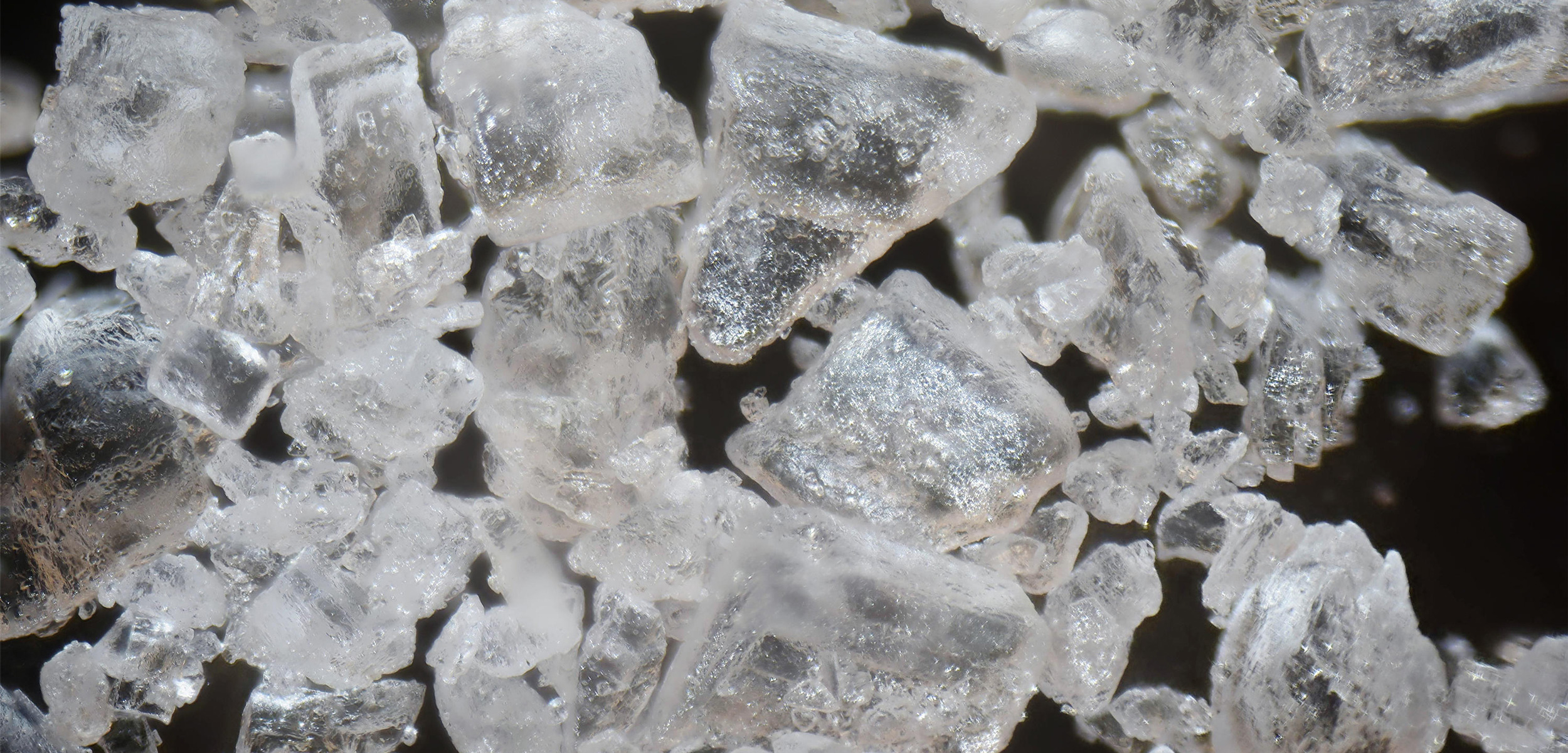There’s Probably Plastic in Your Sea Salt
Now you can season your plastic-contaminated fish with plastic-contaminated sea salt.
Article body copy
There is a lot of plastic, and other human rubbish, in the oceans. Plastic debris litters beaches, throws marine ecosystems off-kilter, and gets into food chains. But exactly how much of it is in our food remains unclear. New research findings, however, are sobering: scientists analyzed 16 brands of sea salt from eight countries and found microplastics in all but one.
Increasing evidence shows that microplastics are present in seafood destined for human consumption, though there has been little research on the contamination of sea salt.
Concerned about the potential health implications of plastic-tainted salt being added to our own food and to feed for farm animals, aquatic toxicologist Ali Karami and his colleagues purchased a variety of sea salts from a market in Malaysia. The salt had been extracted in eight countries: Australia, France, Iran, Japan, Malaysia, New Zealand, Portugal, and South Africa.
Back at their lab at Universiti Putra Malaysia, the researchers dissolved and filtered the salts to isolate any microplastic-like particles contained within. They then examined them visually and with a spectroscopic technique that let them assess the chemical composition of the contaminants.
In 15 of the 16 salt brands they analyzed, the researchers found a total of 72 particles of contaminants. Each brand was contaminated by between one to 10 particles per kilogram. One of the sea salts from France was the only one found to contain no contamination.
The particles were extremely tiny, ranging in size from approximately 0.16 millimeters to just under 1.0 millimeter, with an average width of around 0.5 millimeters. Limitations of the analytical technique meant they could not detect particles smaller than 0.15 millimeters. The bulk of the particles were microplastics, though the researchers also found pigments—which may also have been plastic, but couldn’t be confirmed—and four non-plastic items. Of the 72 particles identified as contaminants, they were not able to chemically identify 21.
These findings are shocking, but not unexpected, says Erik van Sebille, an oceanographer at Utrecht University in the Netherlands who studies global ocean circulation and plastic pollution. “Over the last few years, whenever scientists have gone out to look for plastic in the ocean, they have almost always found it. Whether on the remote ocean floor, in the ice in the Arctic, in the stomachs of seabirds and fish, or now in sea salt.
“Plastic in the ocean is an atrocity, a testament to humanity’s filthy habits, but we don’t know exactly what harm it does to marine life or to us,” he adds.
Plymouth University, England, biologist Richard Thompson is an expert on plastic in the marine environment. “In my view, the concentrations of microplastics in seafood and in salt are sufficiently low that they do not present a concern for human health at present,” he says. Thompson adds, however, that unless we reduce microplastic pollution, concentrations in food will increase and could reach levels that are of concern.
Karami agrees that even the greatest amount of microplastic particles that someone might ingest annually, based on global salt consumption data, is unlikely to cause noticeable health impacts.
He cautions, however, that sea salts are not the only source of microplastics in our diets. Small doses from multiple sources could add up.
“If we suspect these microplastics are toxic—if we suspect they might pose some health concerns—we have to be worried about them, until we are sure that they are safe,” he says.

